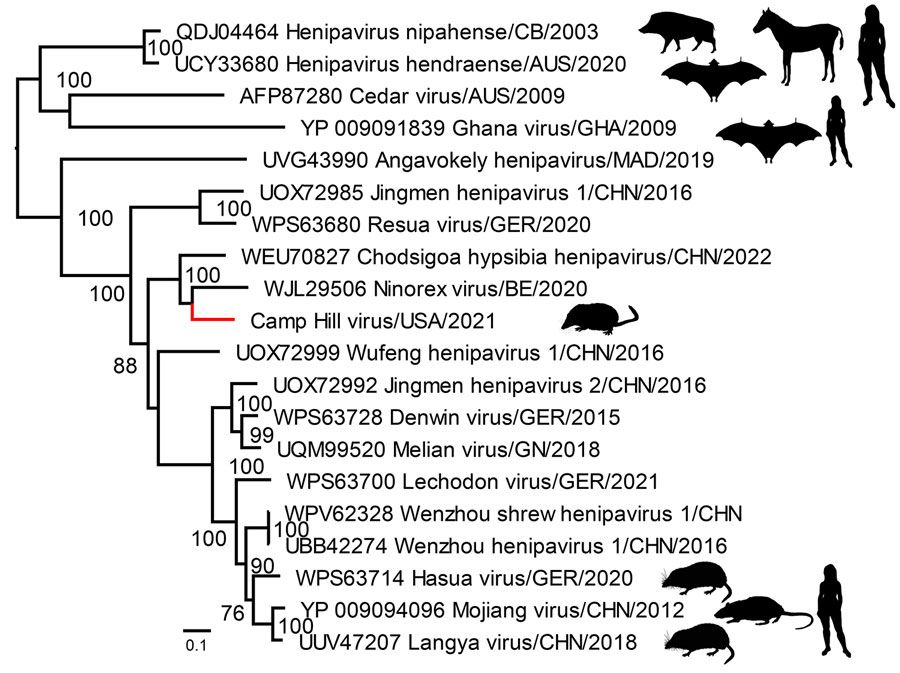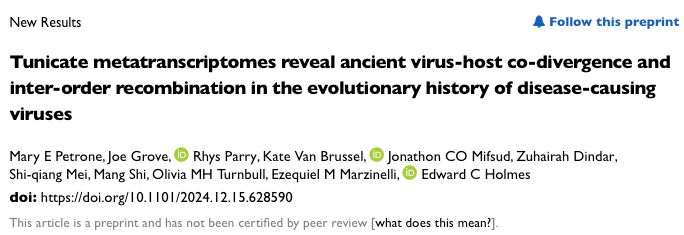#1 fan of weird marine invertebrate RNA viruses

wwwnc.cdc.gov/eid/article/... #virology

wwwnc.cdc.gov/eid/article/... #virology
Read more here: biorxiv.org/cgi/content/...

Read more here: biorxiv.org/cgi/content/...



EXCELLENT talks, across all career stages. Amazing sense of community. Really positive and supportive meeting.
Plus, I beat @robull.bsky.social at the double-gloved tube capping challenge.
Thank you so much for hosting me!

EXCELLENT talks, across all career stages. Amazing sense of community. Really positive and supportive meeting.
Plus, I beat @robull.bsky.social at the double-gloved tube capping challenge.
Thank you so much for hosting me!


